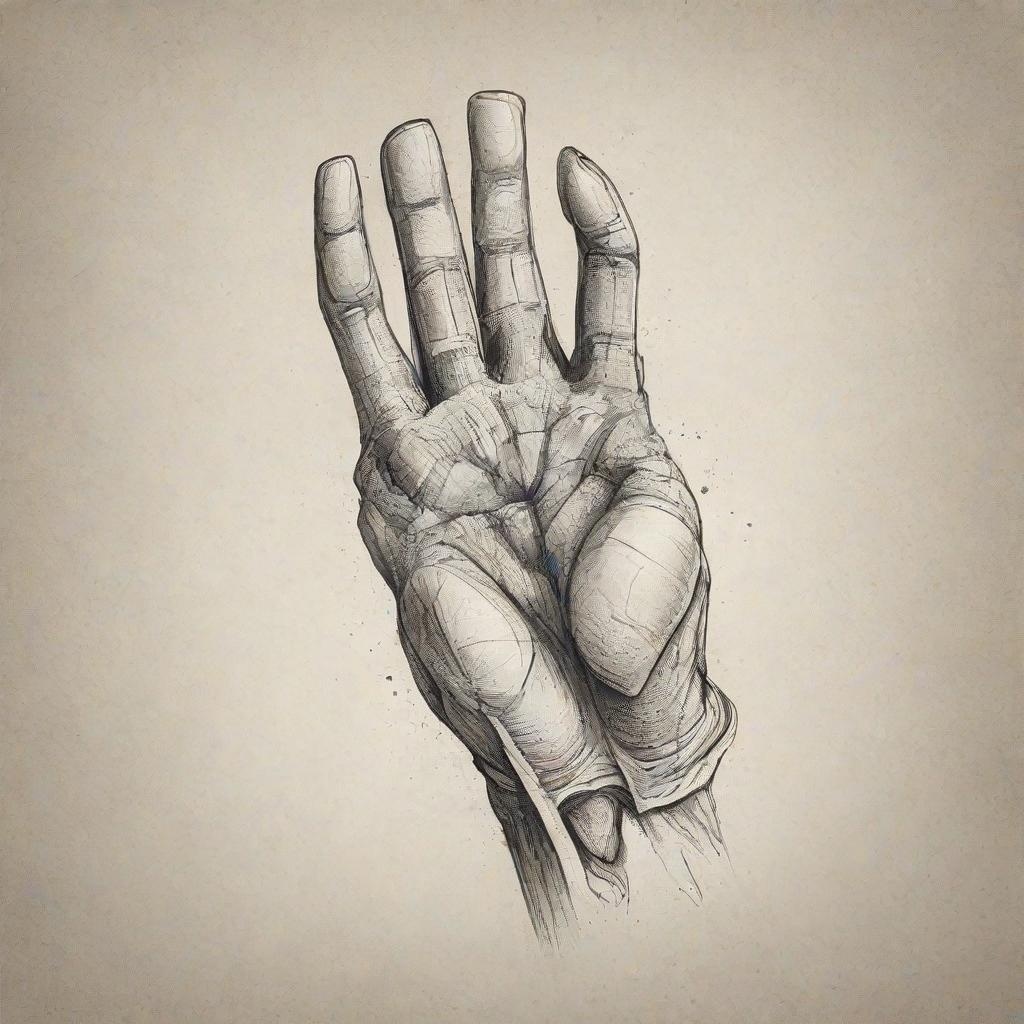How to Avoid Extra Fingers in AI Portraits - A Guide

The advent of AI-generated art has opened up new avenues for creativity, but it has also come with its own set of challenges. One common issue many artists and users face is the phenomenon of extra fingers in AI-generated portraits. In this guide, we will explore effective strategies to minimize or eliminate this problem.
Understanding the Issue
Extra fingers occur when AI models misinterpret hand anatomy during the generation process. This can lead to unnatural and inconsistent portrayals, detracting from the overall quality of the artwork. Let's delve into the ways to avoid these unsightly mistakes.
Best Practices to Avoid Extra Fingers
1. Crafting Effective Prompts
The quality of your output heavily relies on the prompts you provide to the AI model. Here are some tips for crafting better prompts:
- Be Specific: Specify the number of fingers and the position of the hands in your prompt.
- Use Descriptive Language: Include adjectives that describe the gesture, such as "open hand" or "relaxed fingers."
- Reference Art Styles: Mention specific artists or styles that maintain realistic anatomy.
2. Utilizing Negative Prompts
Incorporating negative prompts can help guide the AI away from creating unwanted features. Here’s how:
- Mention what you want to avoid explicitly. For example, use phrases like "no extra fingers" or "no distorted hands."
- Combine negative prompts with positive attributes to reinforce desired outcomes.
3. Iteration and Feedback
Generating multiple iterations can help refine the results. Consider the following steps:
- Review each output carefully and pick out the ones with realistic anatomy.
- Provide feedback and adjust your prompts based on what works best.
- Repeat the process until you achieve satisfactory results.
4. Post-Processing Techniques
If you still end up with extra fingers, consider using image editing software:
- Clone Tool: Use the clone stamp tool to paint over extra fingers.
- Selection Tool: Carefully select and remove undesired fingers.
Conclusion
Generating high-quality AI portraits can be achieved with careful consideration of prompts, iterative feedback, and post-processing techniques. By following this guide, you can significantly reduce the likelihood of extra fingers and enhance the quality of your AI-generated art.
"Art is not freedom from discipline, but disciplined freedom." - John F. Kennedy